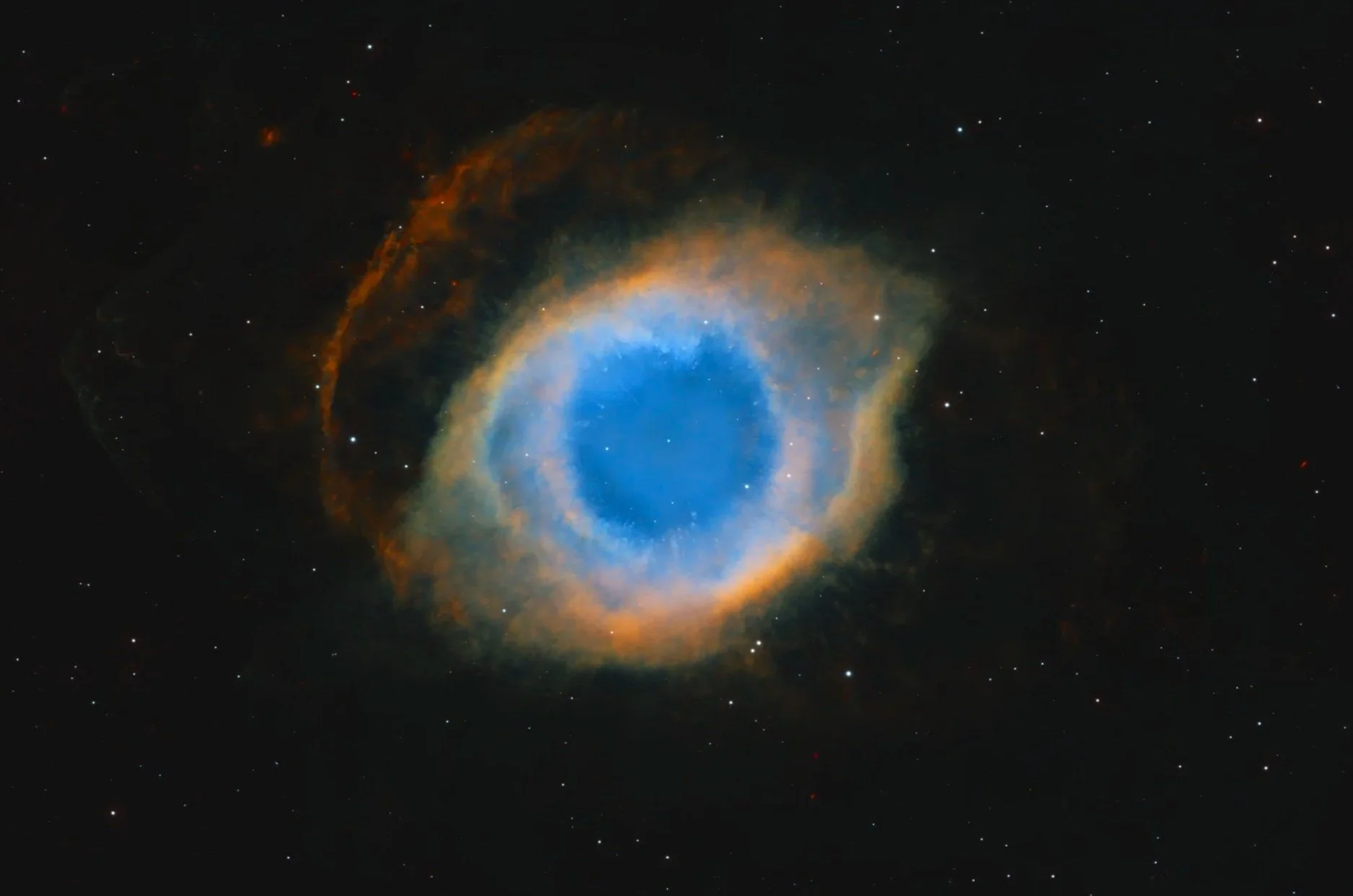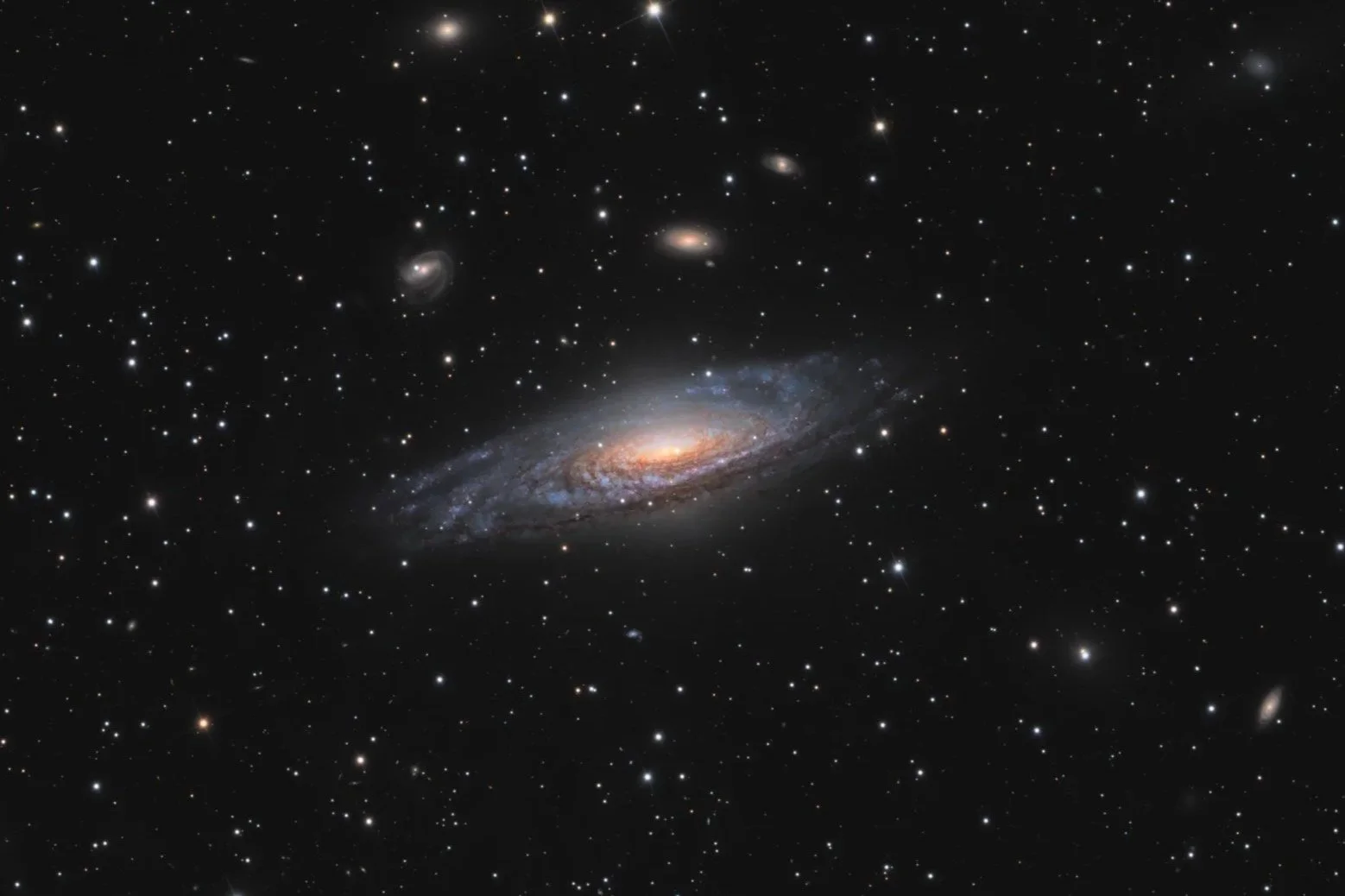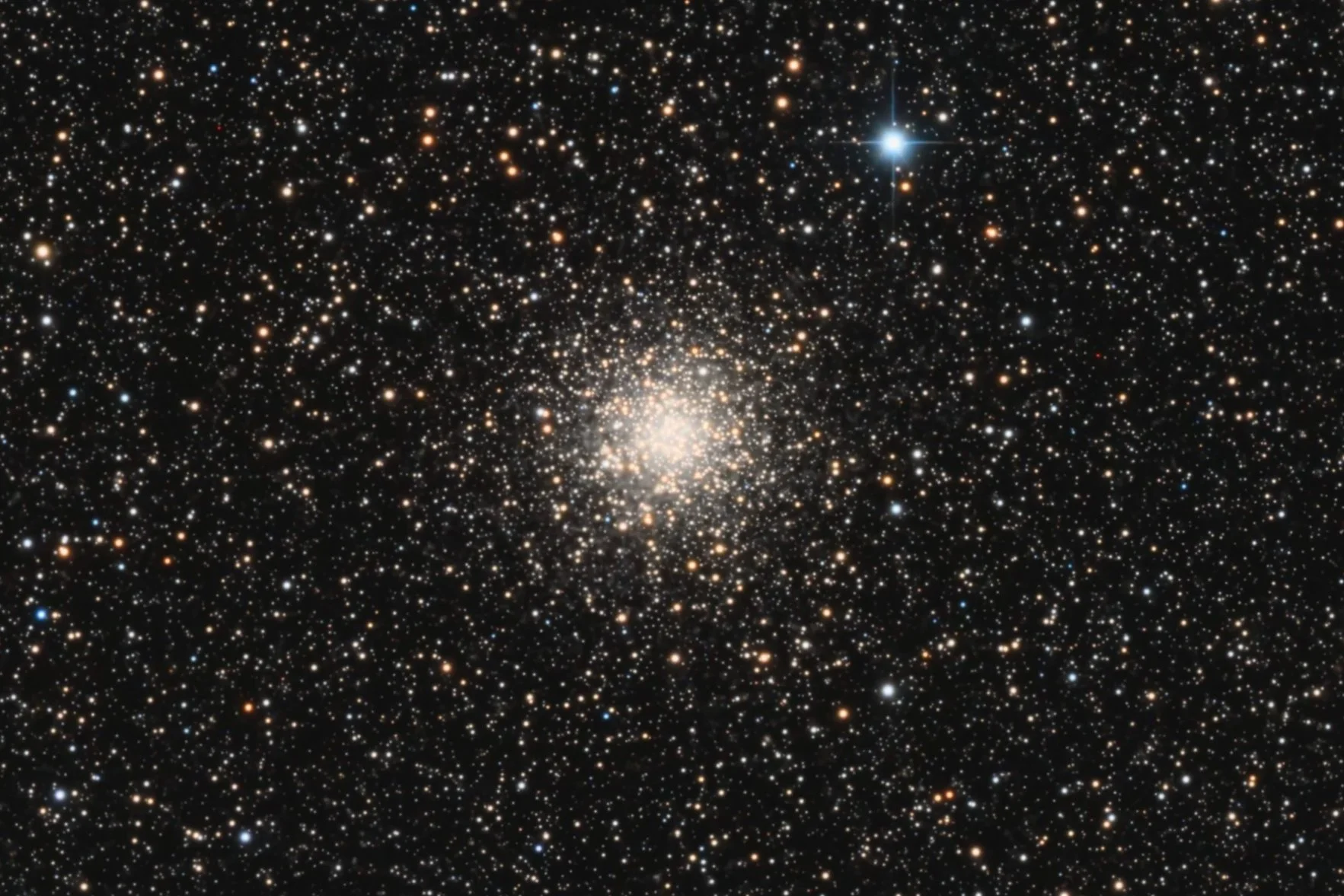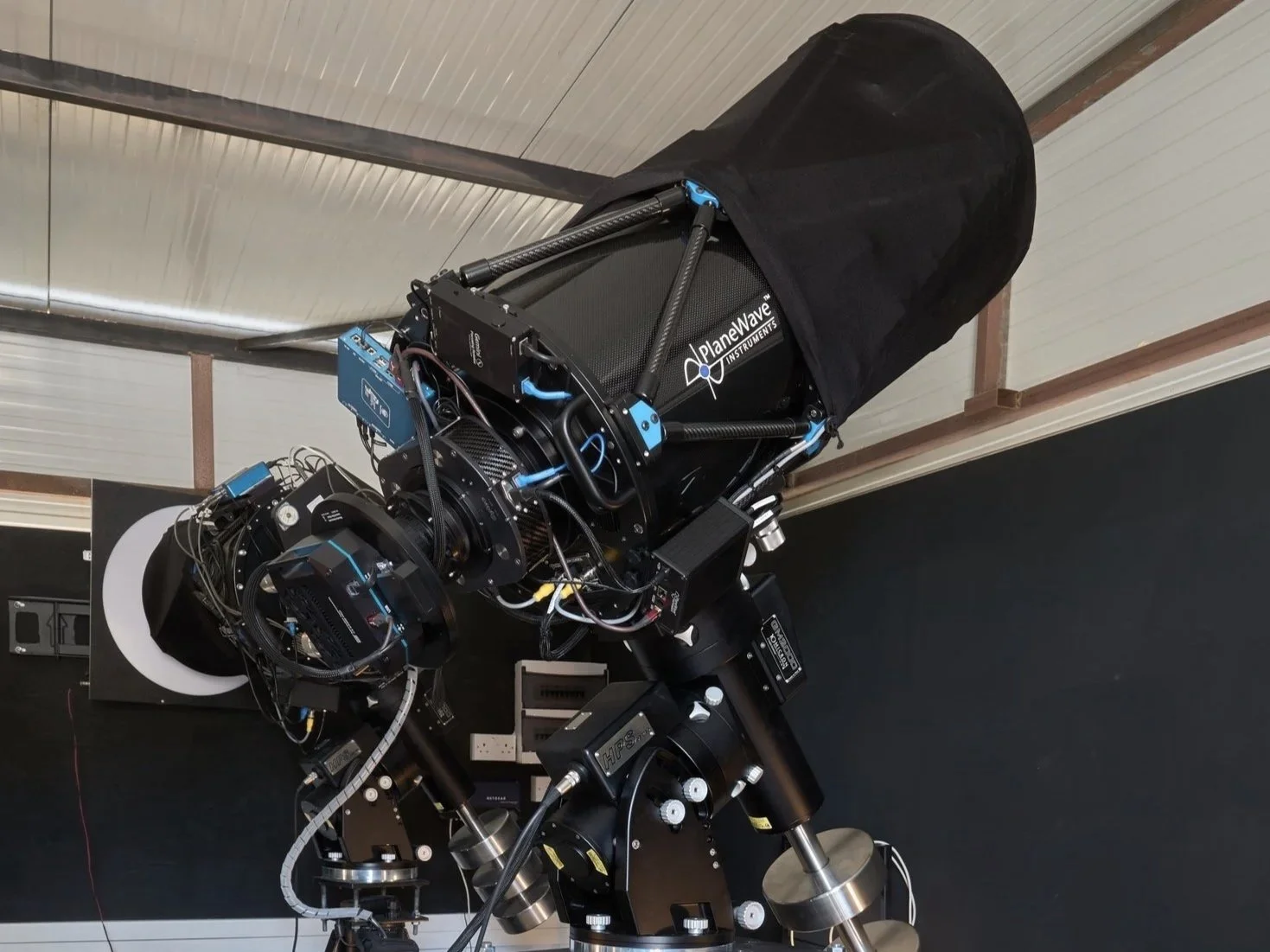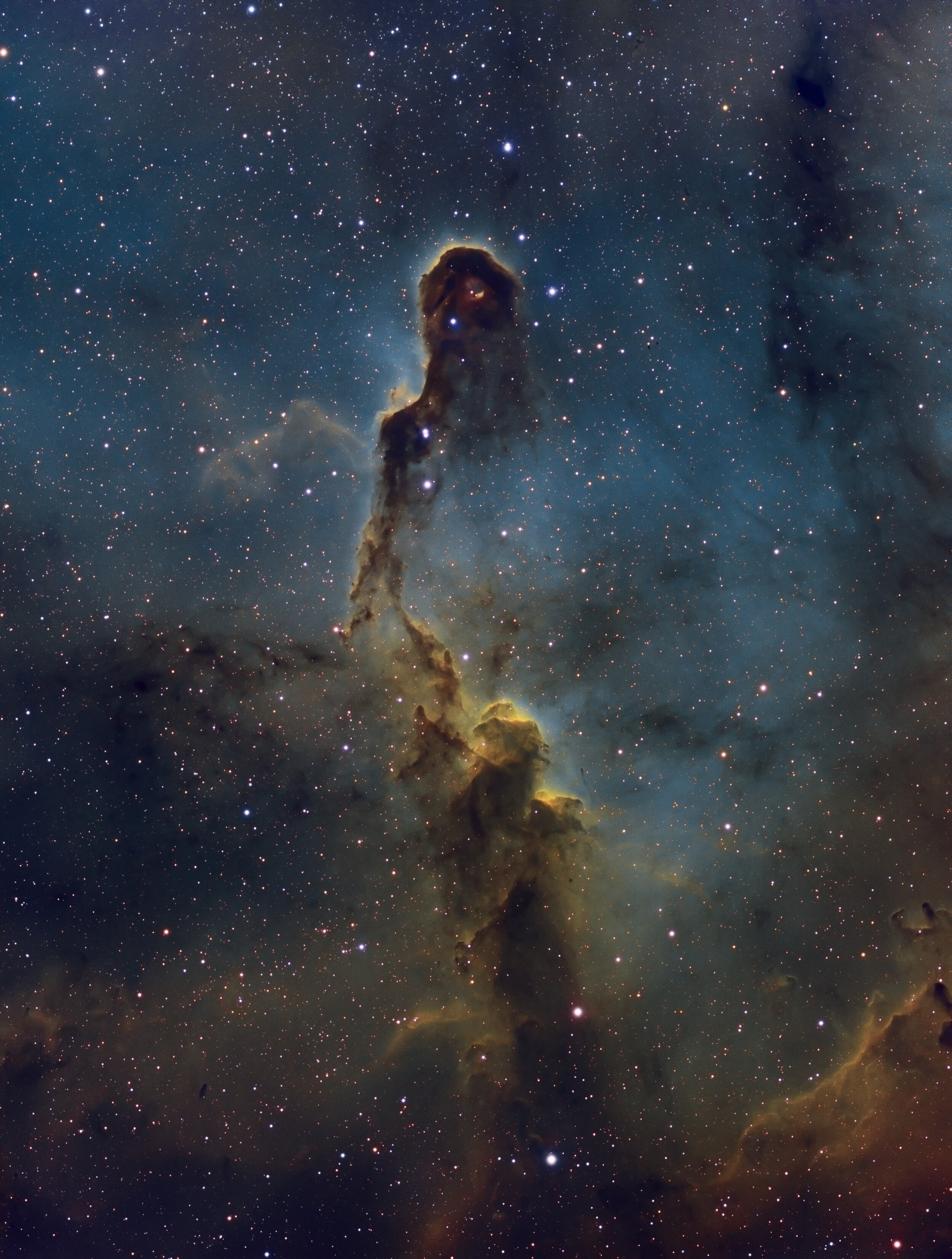

All about Astrophotography
An astrophotography website featuring stunning celestial images
Learn about the techniques and equipment used to capture the night sky
Discover the image processing methods that enhance these cosmic views
Insights and inspiration for all levels of astrophotography
Recent Images
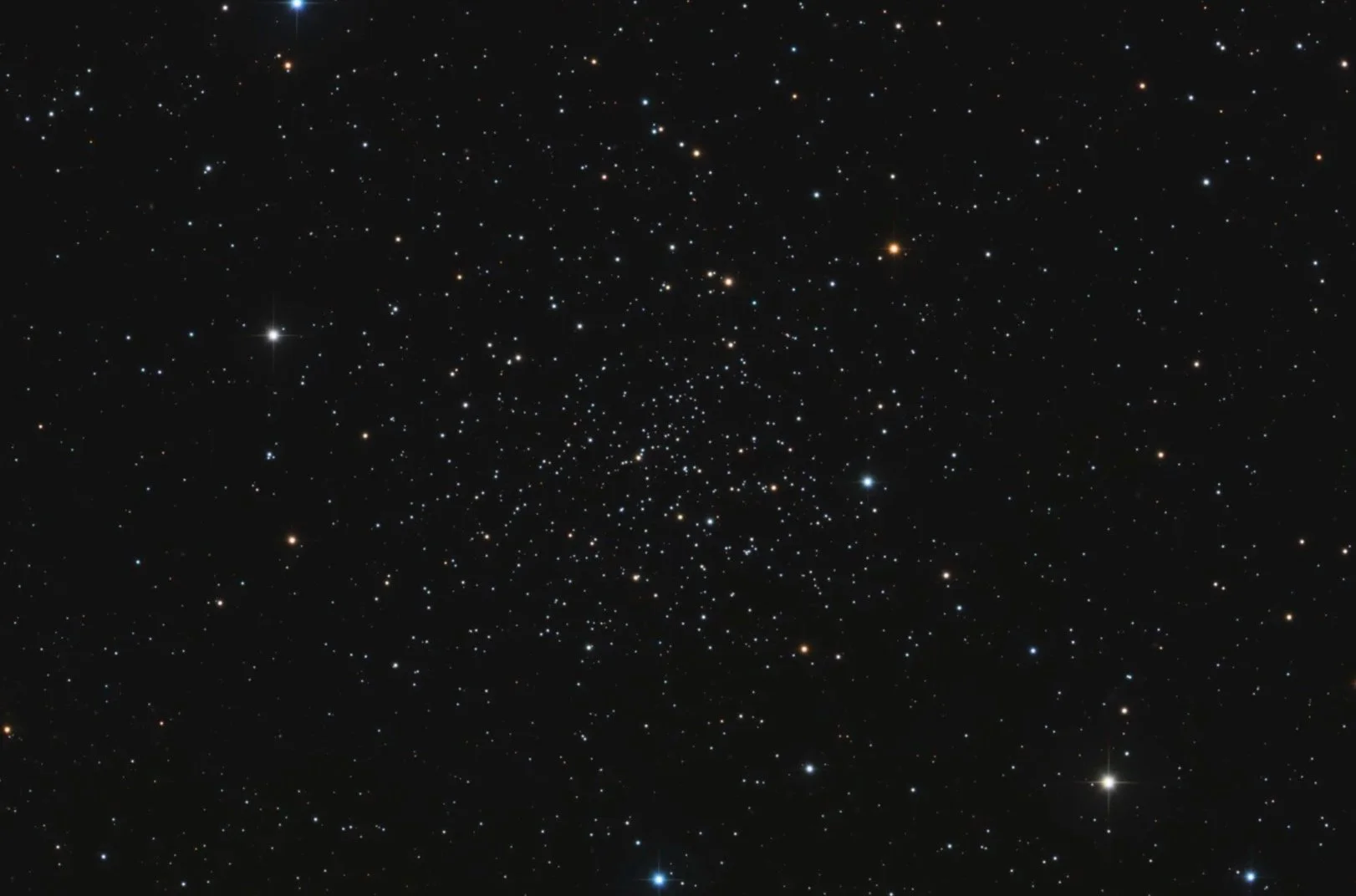
Recent Blog Posts
A recently discovered supernova, SN 2025rbs, was accidentally photographed in one of my images. This supernova is one of the brightest currently visible. It is a Type Ia supernova. A type Ia occurs when a small white dwarf in a double-star system accretes so much mass from its big neighbour, that in the nucleus of the dwarf carbon fusion can start. As soon as it does, it causes the dwarf to explode into a supernova, leaving behind a neutron star.
Double stars are among the rarer objects to photograph. Still, it’s fun to try capturing two close stars and have them split by carefully adjusting exposure and processing. In this blog, I show how I photographed three of them.
Here you'll find links to advanced PixInsight tips used to create the images on this site. Each link leads to the specific image with a detailed, often step-by-step, explanation of the method. This page serves as a reference to help you find the relevant pages and examples quickly. The list is updated each time new techniques are being described.
The year 2024 marked a significant change in my astrophotography hobby, by moving one of my setups to a remote hosting facility in Spain. This resulted in an almost 10-fold increase in activity and 39 published images. Check out this blog for the details.
PixInsight, the leading image processing software in astrophotography , has released a new version, 1.9, called Lockhart. This update brings many new features and improvements to simplify astrophotography image processing.
Takahashi has launched two Ortho Extender sets (2x and 4x). They are compatible with most Takahashi telescopes and serve as alternatives to Barlow lenses for viewing or imaging the moon, sun, and planets.
My system at the remote observatory is highly over-sampled. How bad is that, and does it make sense to bin the data? This blog will answer those questions, based on a recent image of the Crescent Nebula. This also allowed a comparison with historic and properly sampled data.
Takahashi just released a new telescope. It is a compact 400mm f/6.2 triplet scope, that can be reduced to a 260mm f/4.0 imager. The scope is designed for astrophotography.
When processing OSC images several colour artefacts keep coming back. In most cases it is not very difficult to remove them in post-processing. In this blog some tips and tricks with examples and workflow on how to remove some of them.
Franklin Marek from SetiAstro has started to write scripts for PixInsight. Currently five scripts are available, but development goes very fast. Scripts follow a statistical approach for certain steps in the image processing workflow and very easy to use.
The free gradient removal tool GraXpert has added AI-based noise reduction. The tool is very simple to use, with essentially one slider to dial in the strength. For PixInsight users, the tool is now also available as a process rather than a scrip.
After six years of imaging from my backyard, the decision was made to move one of the rigs to a remote hosting site. In a number of blog-posts you can follow along on this journey. Part 1 is about goals, site selection and hard- and software. Part 2 is about design and remote controlling tools while in part 3 everything was put together and tested. This Part 4 is all about moving to and installation at the remote site, calibration and first light.

Featured posts
Here you'll find links to advanced PixInsight tips used to create the images on this site. Each link leads to the specific image with a detailed, often step-by-step, explanation of the method. This page serves as a reference to help you find the relevant pages and examples quickly. The list is updated each time new techniques are being described.
It has been just over a year since I installed one of my telescopes at a remote hosting observatory in Spain. Time to look back and making up te balance. Did it deliver on its promises?
Changes have been made to this website in the images section. In a more compact design, the focus is more on the images itself and information around the images can easier be found.
Images
This is what it’s ultimately all about, images of the night sky. Most are deep-sky objects, such as nebulae and galaxies. But there’s also place for objects from our solar system, such as planets and comets. Each image will have a short description of the object, as well as detailed information on capturing and processing.
Observatory
Most of the images are captured from the backyard observatory (a.k.a. garden), using a mobile setup. In this section you will find detailed information on the equipment used, practical details on the way it is setup, and the command and control systems that allow the system to run throughout the night, unsupervised.
Blog
Astrophotography involves many challenges related to the technical aspects of a high-precision instrument, the endurance of hours and hours of exposures, and bringing the images to life in processing. In this blog you will find tips, tricks and general experiences. Read just for fun, to learn or to get inspired.
Contact
It would be really great to hear from you! Feedback, comments, questions, just leave your name, email and message here, and I will get back to you shortly.

